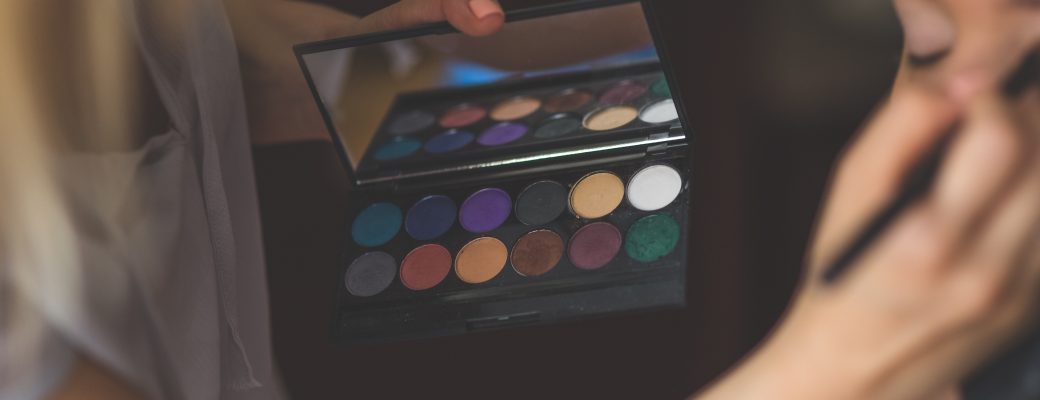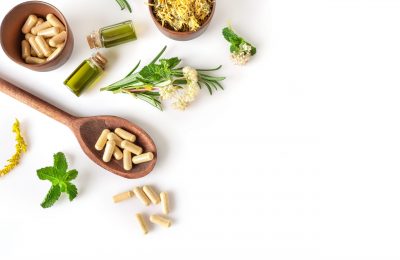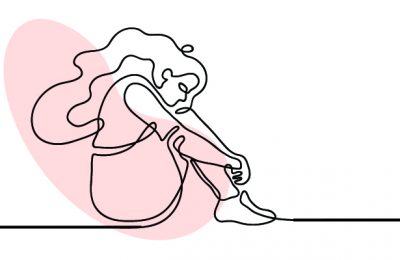How can spa operators perk up their client loyalty through retail programs? We asked five experts.
Oncology esthetics
Clients encounter a difficult and emotional time once they are diagnosed with cancer, and it can be a challenge for them to remain positive in the face of it. As a skincare professional, you can make a difference through makeup lessons and applications that will enhance their skin and eye colour while being cognizant of any sensitivities.
Cancer and skin
Cancer treatment can wreak havoc with the skin, the body’s largest organ. Challenges with the skin can be addressed by estheticians certified in Oncology Esthetics. The cancer treatment that causes the most damage is chemotherapy and it affects the body systemically. During chemotherapy, a patient’s blood counts can be affected, which can impact the skin. When the red blood cell count is low, the patient can become anemic and develop a pale complexion or pallor. People with this pale complexion may also consider sunless tanning (bronzing treatment) at a spa. If the client’s platelet count is low, they could be more prone to bruising and bleeding under the skin. It is very important that the client avoids any minor cuts and injuries to the skin. Signs and symptoms of bleeding include red spots under the skin (petechiae); bleeding gums, easy bruising, and headaches.
Some chemotherapy drugs may cause the skin and veins to become discoloured or darker in colour (called hyperpigmentation). Skin colour changes may be limited to a specific area or more widespread. Colour changes seem to occur more often in dark-skinned people and in areas where the skin is exposed to the sun. For redness and/or flushing on the skin, the use of a highly pigmented, opaque concealer that is yellow-based and just a bit paler than the skin can camouflage the redness.
Airbrush makeup is lightweight makeup applied through an air gun machine that produces a thin, even layer of makeup and creates a very matte finish. Airbrushing allows you to do the client’s makeup without having to use unsanitary brushes and sponges, a huge benefit for a client who may be prone to infection. Many matte formulas are great solutions for camouflaging pale skin, bruising, scars, under eye circles, hyper pigmentation and flushing. Mineral makeup is comprised of several minerals that have been subjected to various oxidizing processes to create different shades, and then crushed together to form fine powders that can be applied to the face and used as makeup. Skin that is compromised will greatly benefit from the use of mineral makeup because its minimal ingredients assure that no unnecessary chemicals are being added to already sensitive skin, creating a minimal reaction to any treatments the client may be undergoing.
Colour and eyes
Eye shadow in the right colour(s) can make the natural eye colour pop, so start by assessing your client’s actual eye colour. Focus on their iris and note the dominant colour. Next, using a colour wheel, determine the complementary colour* for the colour of the eye and select an eye shadow accordingly. Blue eyes are cool-toned, and the complementary colour is orange. Straight orange is fine for the adventurous client, but most will opt for warmer shades, such as coral, peach, champagne or a warm brown. Light, warm or neutral warm tones best complement cool blue eyes. Grey eyes are considered neutral, however:
• Grey-blue eyes will benefit from subtle peaches, rich bronzes and coppery shades since orange is the complementary shade for blue.
• Grey-green eyes will benefit from colours from the violet-red family, such as orchid, lilac or plum.
• Brown or hazel-gray eyes will benefit from shades of purples, plums or steel blues.
• True grey benefits from steely gray, silver, charcoal or a silvery pearl.
Green eyes look great with red-violet eye shadow. Green eyes are naturally bright, so you don’t have to rely on vivid shadows and liners to attract attention. Lilac is the perfect pop for a night out, and a red-brown, like wine or burgundy, is just enough colour during the day. Hazel eyes that are blends of brown, yellow, and green will benefit from purple if gold flecks are dominant, otherwise choose plums. If the flecks are mostly green, opt for burgundy. If the flecks are more brownish with little green or yellow, choose a metallic shade like gold, silver and pewter to make the brown in the eyes sparkle.
Brown eyes go well with any colour other than the exact same shade of the eye. Salmon and gold are particularly complementary hues. The key with brown eyes is having enough colour intensity, which is why brown eyes look good with rich pigment and smoky hues. Darker brown eyes look larger when applying violet or silver eye shadows, as they provide contrast to the warmth of the brown.
Colour and mood
How your client looks will affect how they feel about themselves, which can dramatically affect how they feel physically. This is more than a logical argument; it is a proven fact. The significance of the relationship between self-esteem and physical well-being is important to those who are being treated for or recovering from cancer. Attitude plays a vital role in recovery. Clients who take control of their appearance can reap rewards that are more than skin deep.
The Colour Wheel: How It Works
1. Grab a hand mirror and try to identify the dominant colour of the iris of your eye
2. Find your iris colour on the colour wheel
3. The colour swatch that sits directly opposite your iris colour is your complementary colour. Example: if your dominant iris colour is blue, your complementary colour will be orange.
4. Once you’ve identified your complementary colour, have fun with it! By all means, wear orange if your eyes are blue, or try out warm orange-inspired shades like coral and peach.




